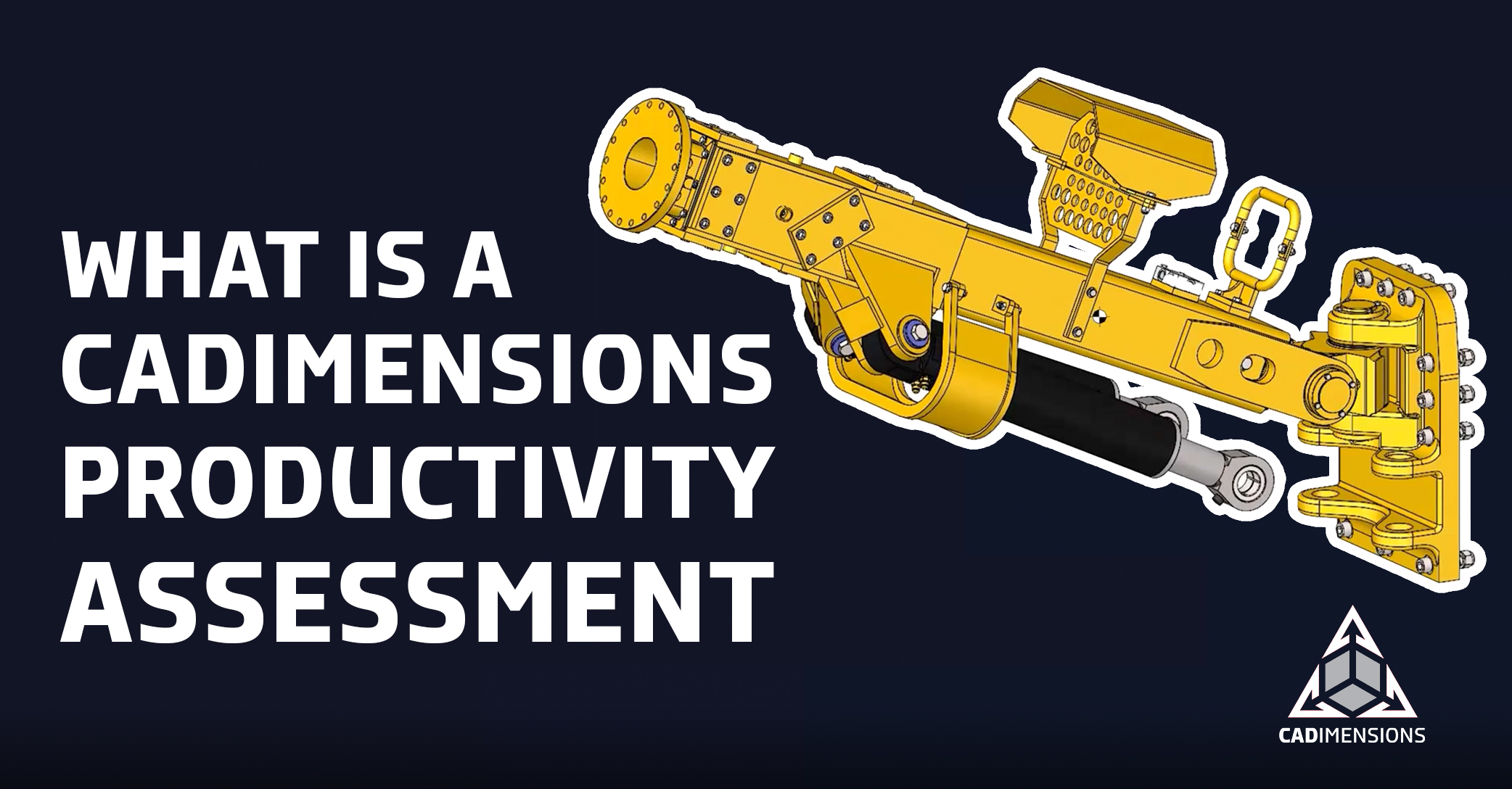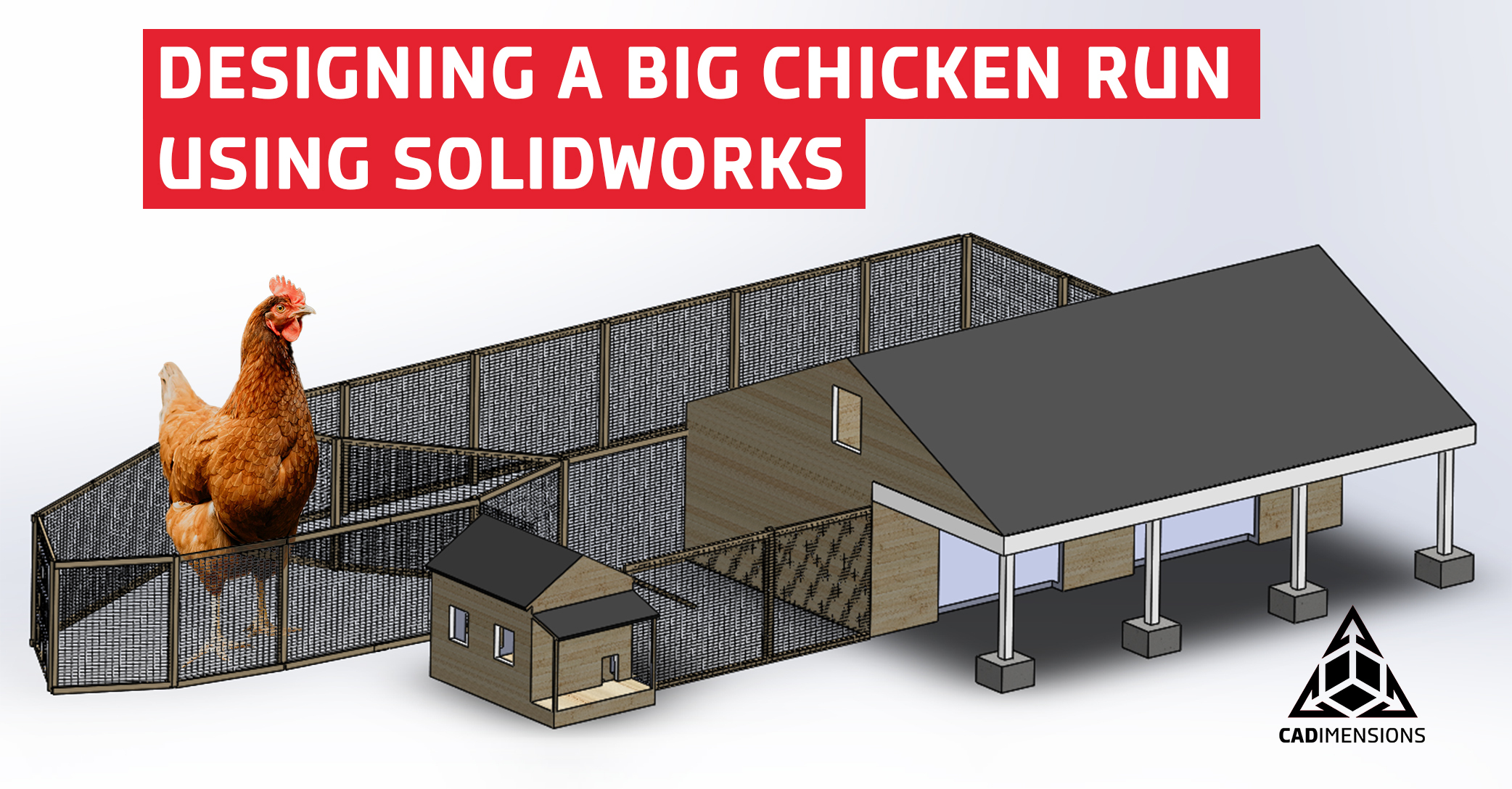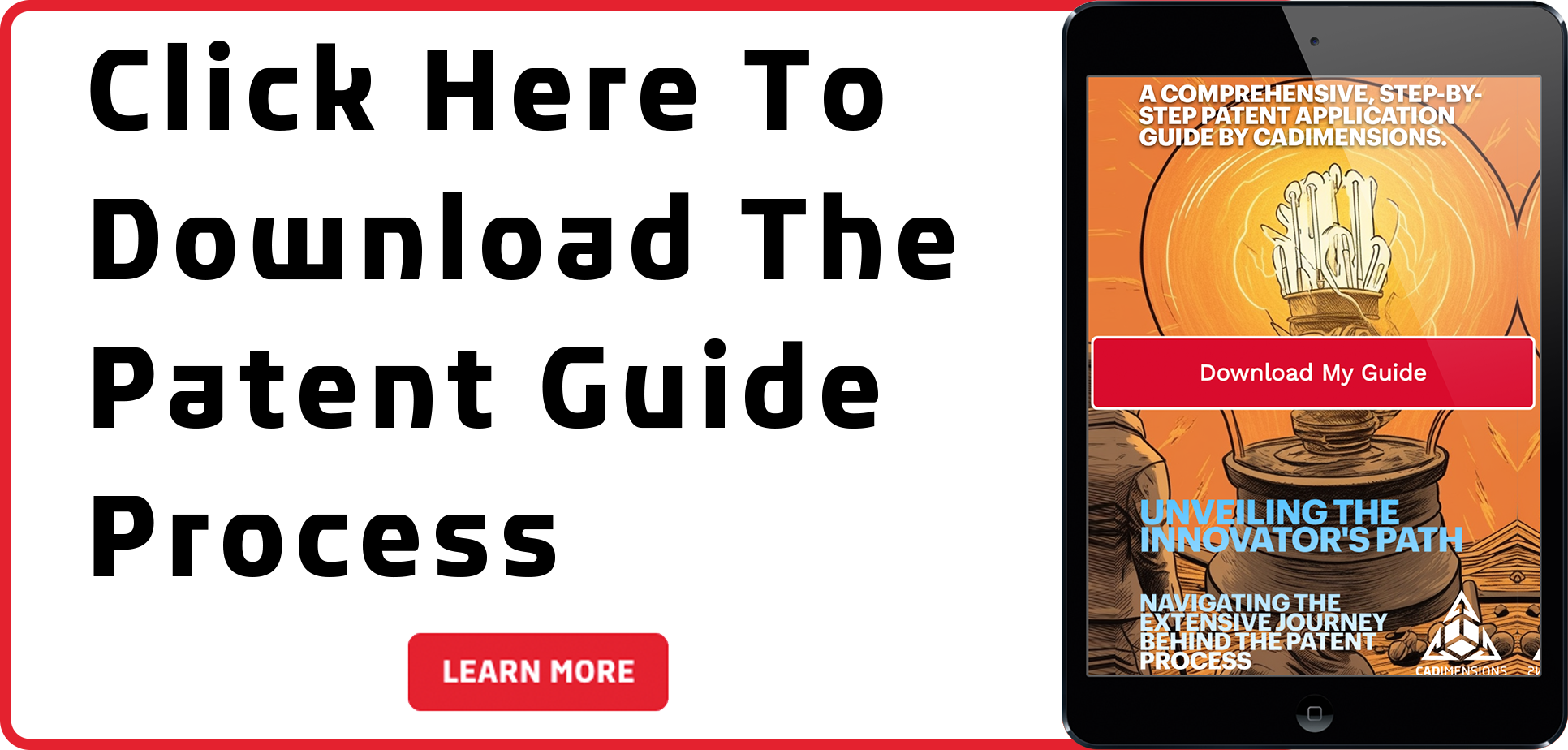Using Formative Assessment Instead of High Stakes Exams
Discussing formative assessments, summative assessments, and the case for each.
The debate surrounding high-stakes testing in education has been ongoing for years. Many educators believe summative assessments do have value, providing a baseline form of evaluation. However, proponents against high-stakes exams believe there is a better way to gauge benchmarks for student success.
The Distinction Between Formative and Summative
As the name suggests, summative tests are a high-stakes form of testing that attempts to sum up what students have learned throughout the school year. Think of state-mandated, standardized testing as a common example. If you’ve gone through the formal education system, you know what we’re talking about.
The results of those summative tests usually determine a whirlwind of outcomes for the students, teachers, and the school itself. Measure poorly, and your school will be held accountable for those low scores. Measure highly, and your school receives an award and recognition: a stamp of approval from watchful eyes.
While research shows that high-stakes assessments can motivate change in institutions, is it necessary or effective? The same research also shows how anxiety-inducing and superficial such exams can be.
Say hello to the critic-borne solution: formative testing. Exams and quizzes that teachers give throughout the year fall into the low-stakes, formative testing category.
The How, When, and Why of Formative Assessments
Informal (low stakes, formative) assessments are all about checking a student’s understanding to provide better-guided instruction. These assessments are used throughout the school year, rather than at the end like summative exams, to make sure students truly “get it.”
With that said, pop quizzes and “gotcha” tests are not part of the equation. The point of informal testing is to collect real data—not freak students out in an attempt to punish the lazy few.
When you use formative assessments correctly, they provide an excellent guide to knowing where to go next in the curriculum, where to pause, and where to change.
Even if pausing is a must, it’s better than chugging along while students are left in the dark. This means that low-stakes exams keep you in touch with students and vice versa. Here are a few ways you can keep in touch, gauge student understanding, and inform:
- Sampling
- Exit slips
- Self-assessment checklist
- Who, what, when, where, why questions
- Ask for agreement/disagreement and why
- Five-minute “tell me what you learned” paper
Simply observing your students will reveal a wealth of information you can use to determine the best informal assessments for your classroom.
Formative Learning for Eager Engineering Students
In today’s competitive job market, engineering students need to grab every advantage and opportunity they can get. We give students a way to gain real-world experience in a virtual environment, learning engineering practices that industry leaders use today.
In affiliation with SOLIDWORKS, we offer a variety of certifications both for SOLIDWORKS and 3DExperience. Any of our formative, virtual educational programs could help students learn CAD software better, gain a sense of confidence in their skills, and boost their resumes.


















